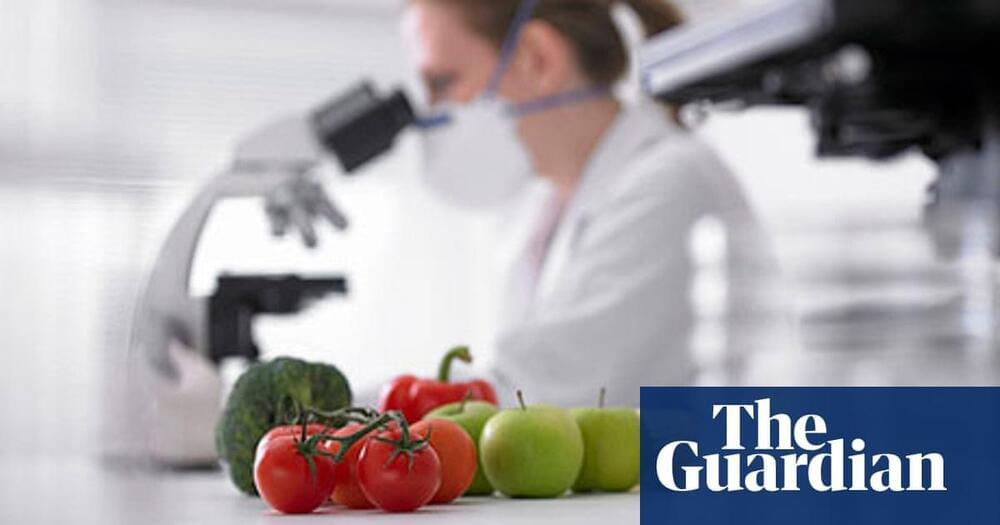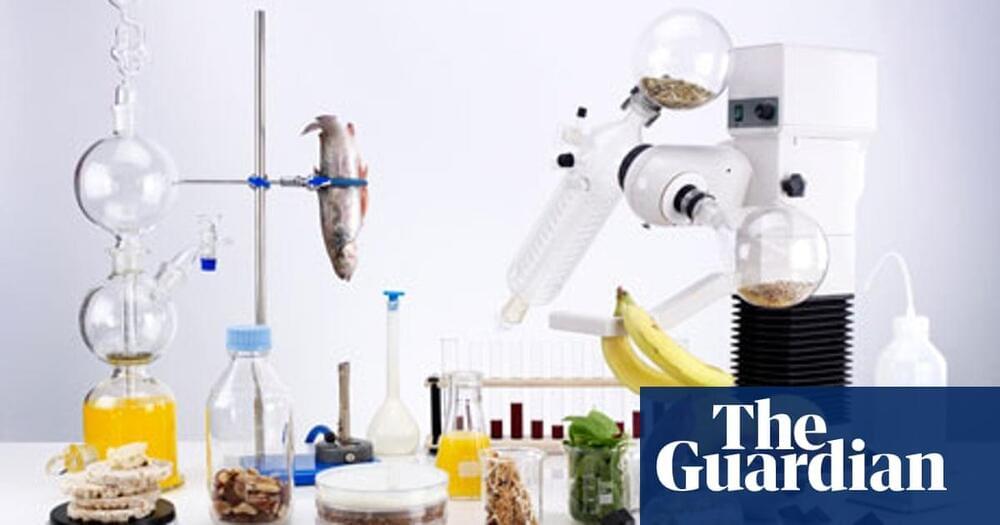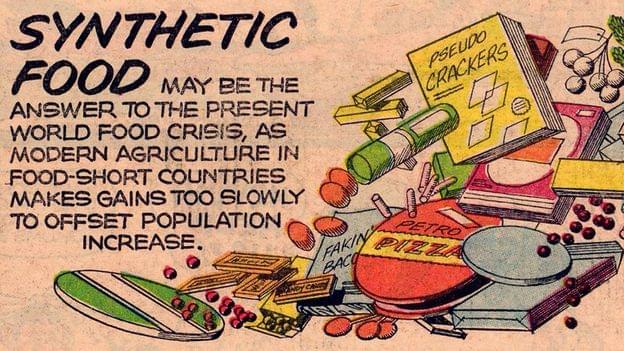Mar 12, 2022
Synthetic synapses get more like a real brain
Posted by Dan Breeden in categories: biological, chemistry, food, nanotechnology, robotics/AI, supercomputing
The human brain, fed on just the calorie input of a modest diet, easily outperforms state-of-the-art supercomputers powered by full-scale station energy inputs. The difference stems from the multiple states of brain processes versus the two binary states of digital processors, as well as the ability to store information without power consumption—non-volatile memory. These inefficiencies in today’s conventional computers have prompted great interest in developing synthetic synapses for use in computers that can mimic the way the brain works. Now, researchers at King’s College London, UK, report in ACS Nano Letters an array of nanorod devices that mimic the brain more closely than ever before. The devices may find applications in artificial neural networks.
Efforts to emulate biological synapses have revolved around types of memristors with different resistance states that act like memory. However, unlike the brain the devices reported so far have all needed a reverse polarity electrical voltage to reset them to the initial state. “In the brain a change in the chemical environment changes the output,” explains Anatoly Zayats, a professor at King’s College London who led the team behind the recent results. The King’s College London researchers have now been able to demonstrate this brain-like behavior in their synaptic synapses as well.
Zayats and team build an array of gold nanorods topped with a polymer junction (poly-L-histidine, PLH) to a metal contact. Either light or an electrical voltage can excite plasmons—collective oscillations of electrons. The plasmons release hot electrons into the PLH, gradually changing the chemistry of the polymer, and hence changing it to have different levels of conductivity or light emissivity. How the polymer changes depends on whether oxygen or hydrogen surrounds it. A chemically inert nitrogen chemical environment will preserve the state without any energy input required so that it acts as non-volatile memory.

















